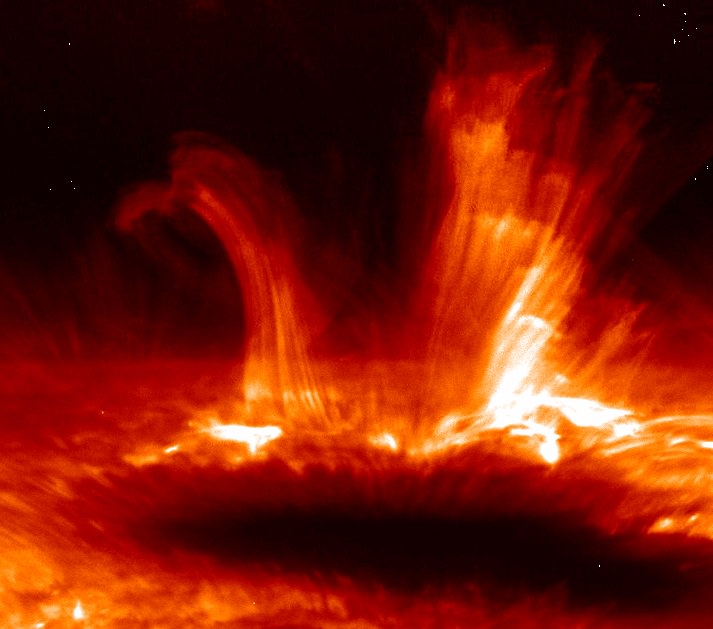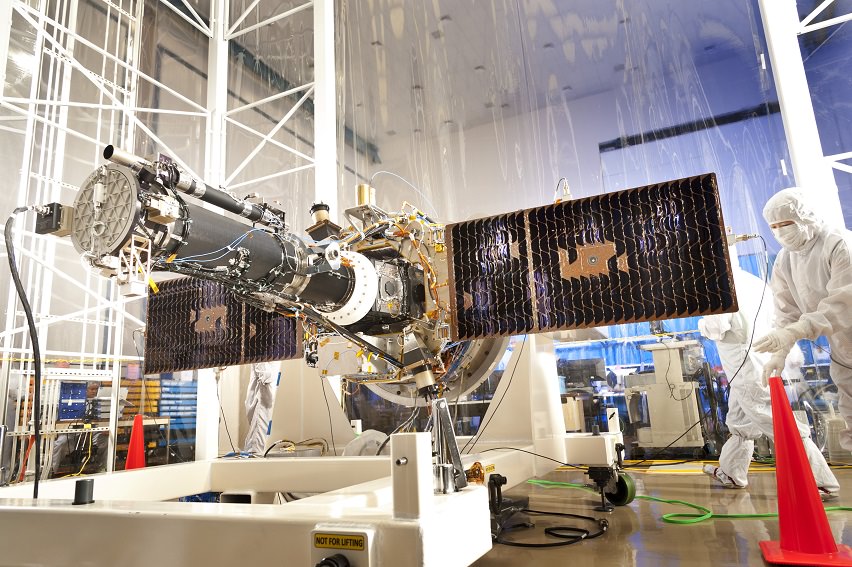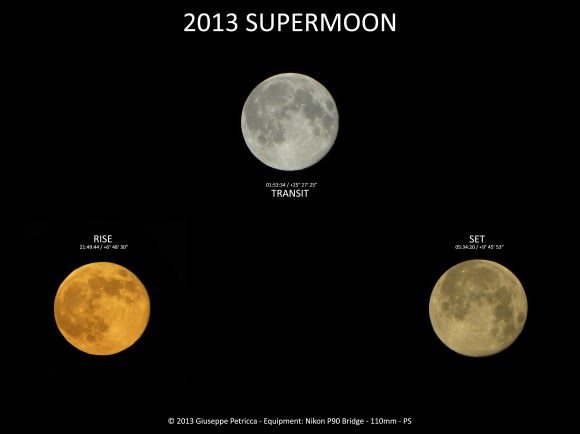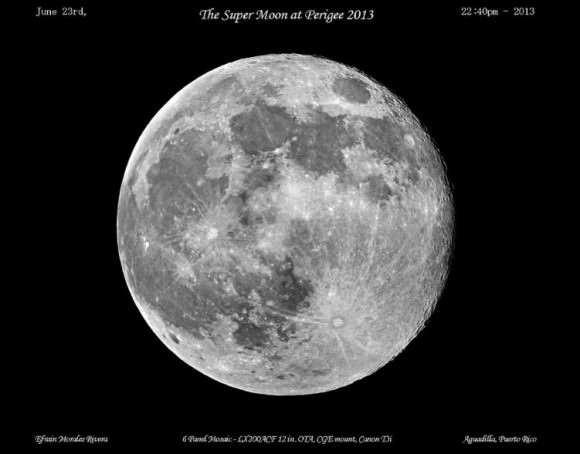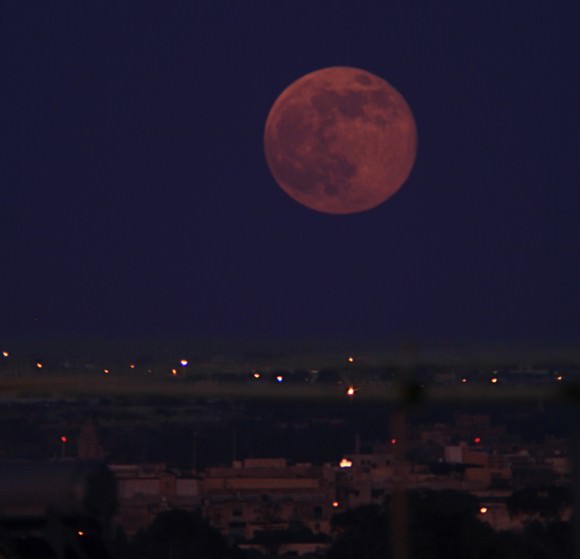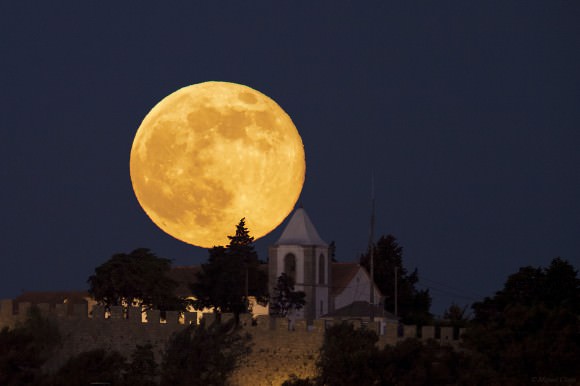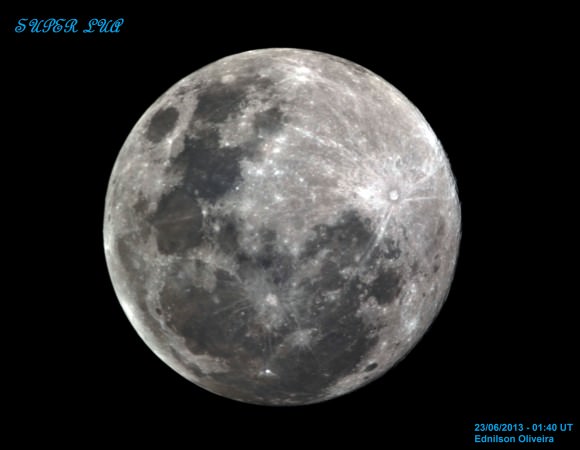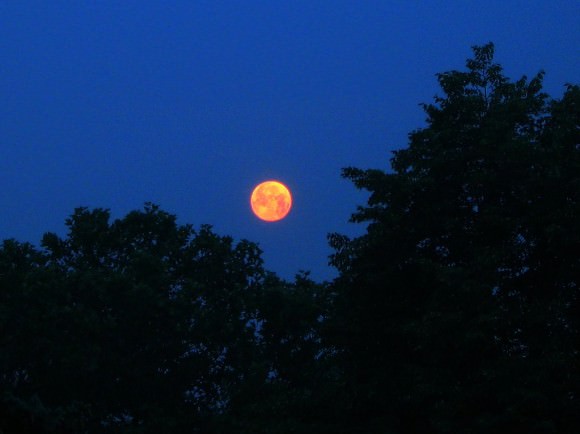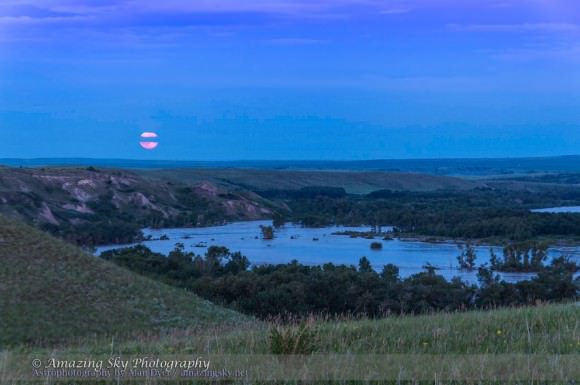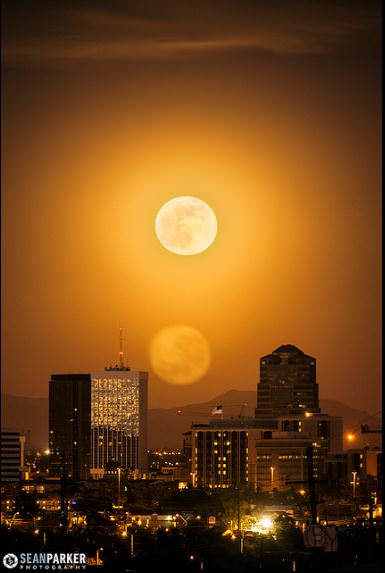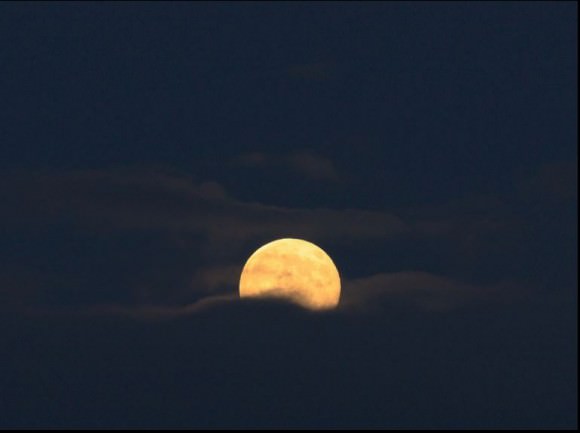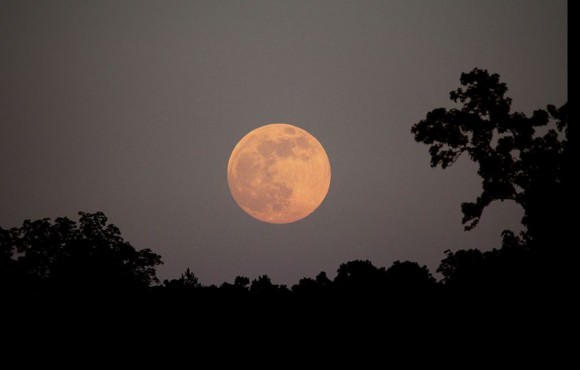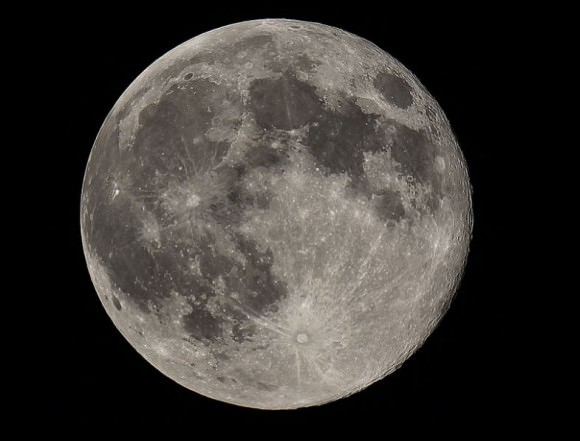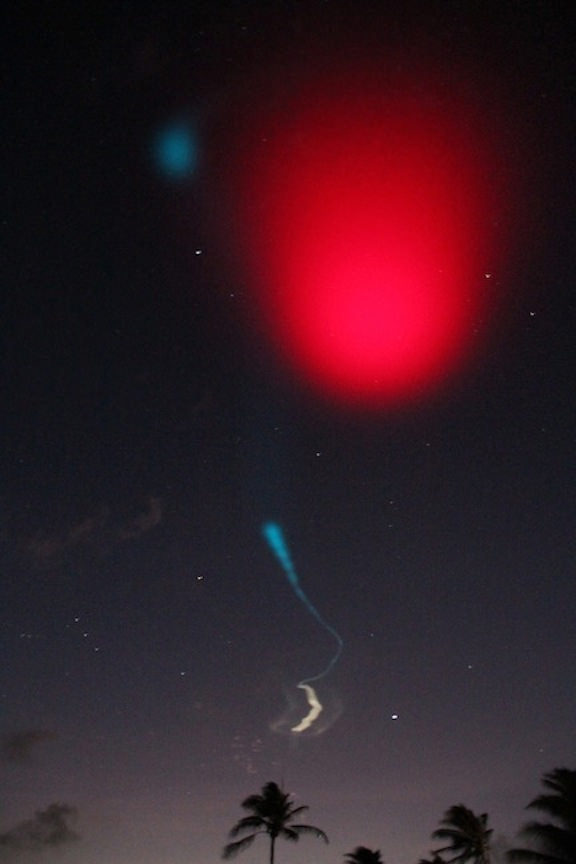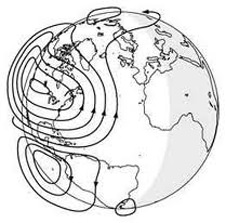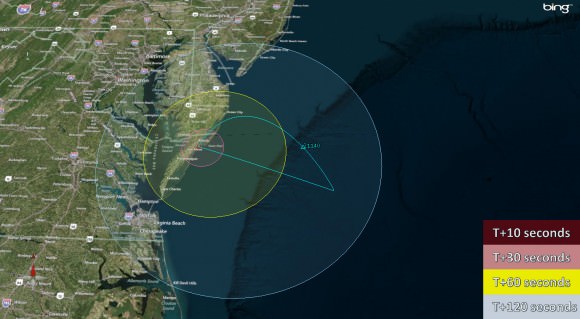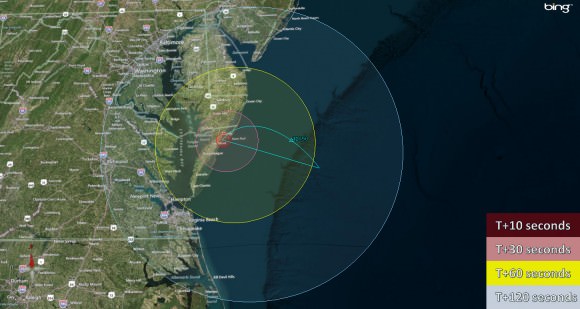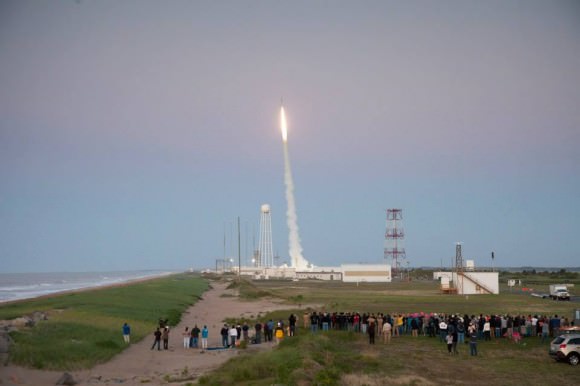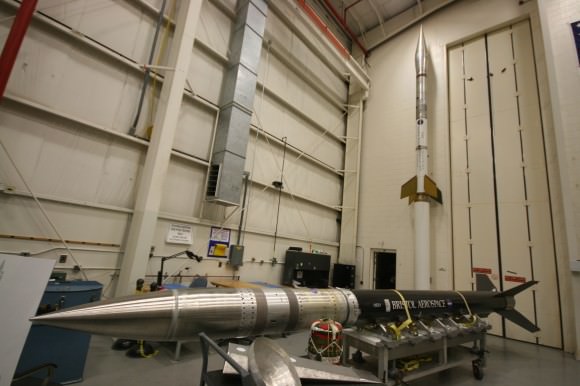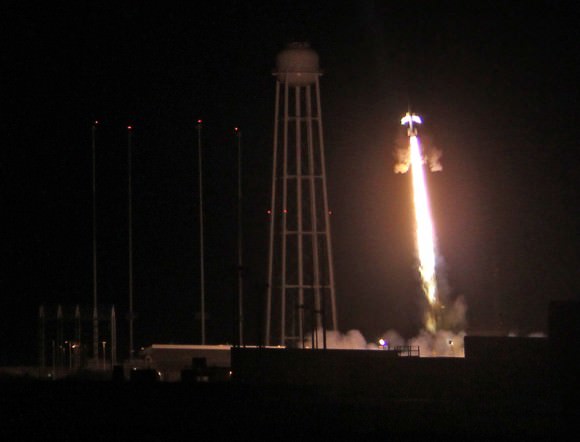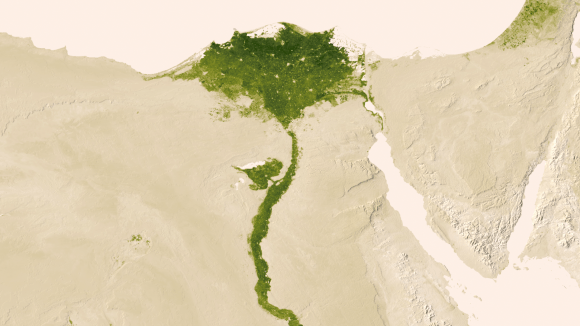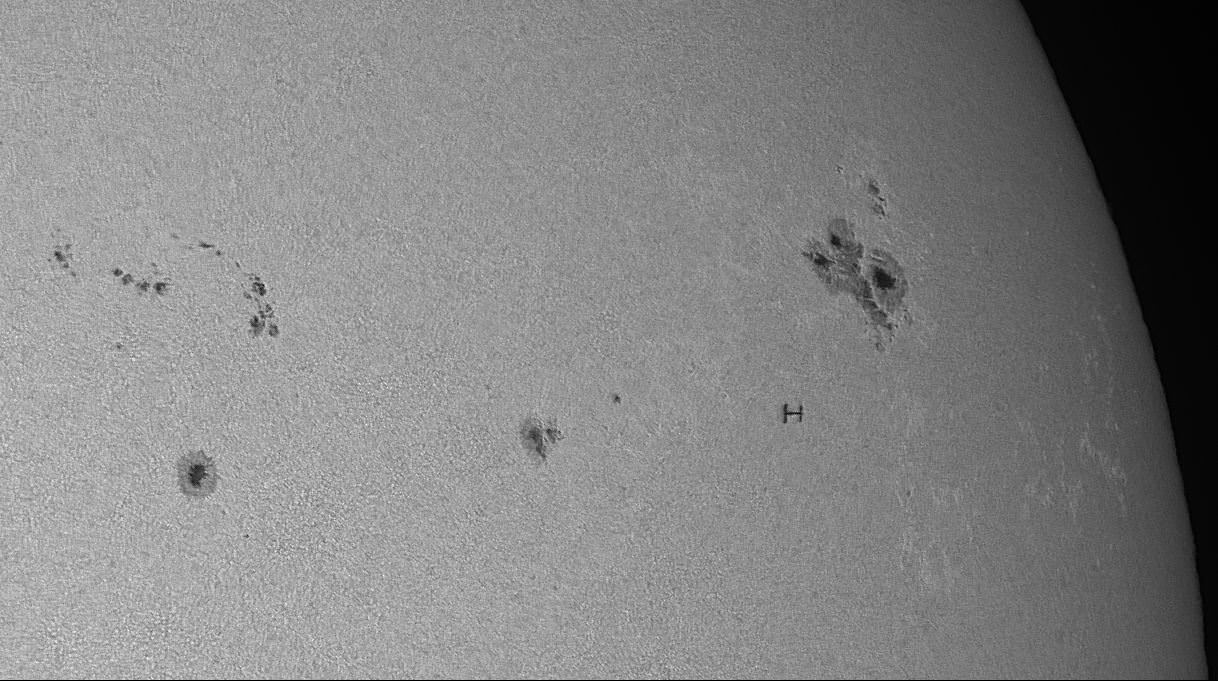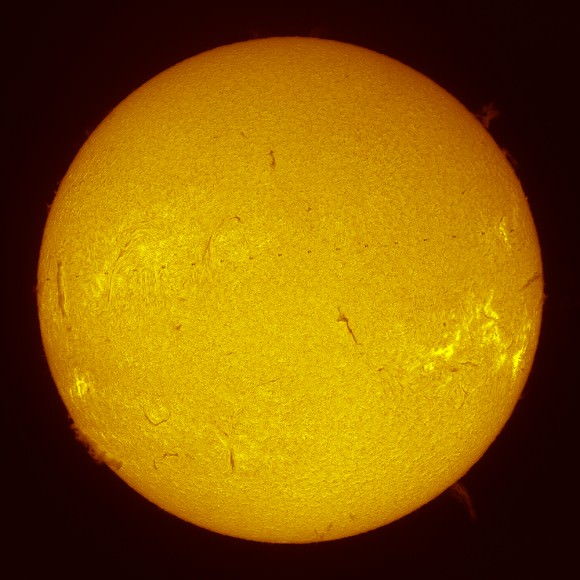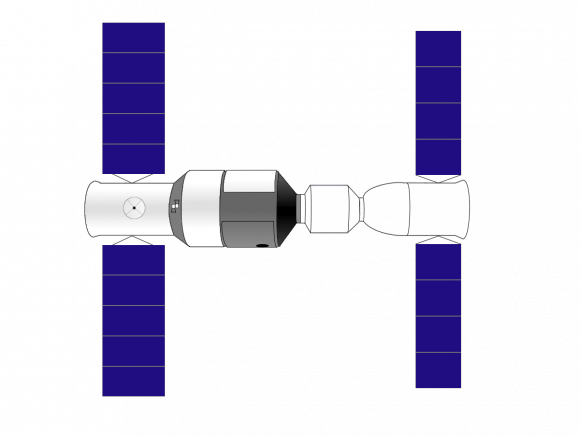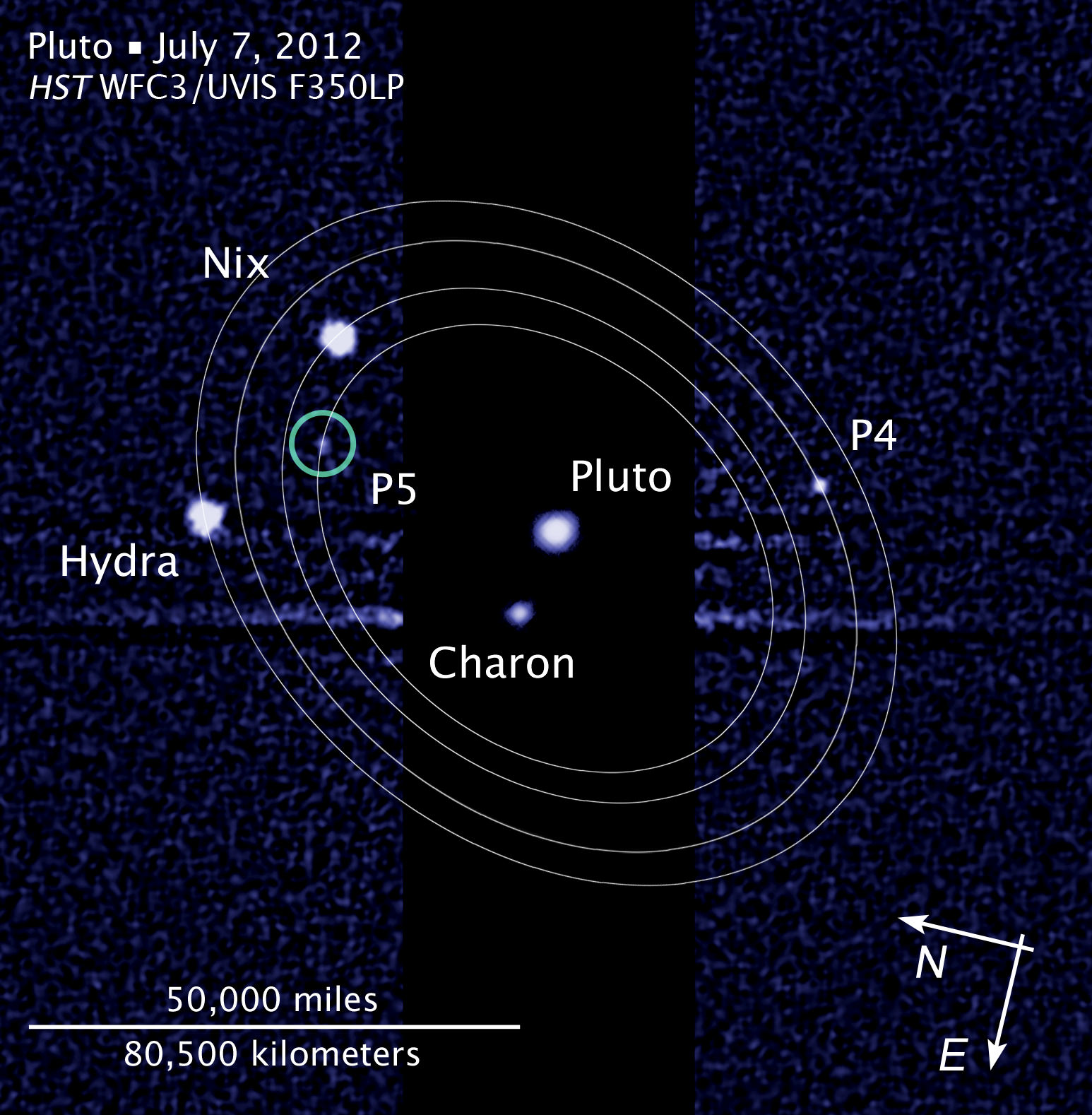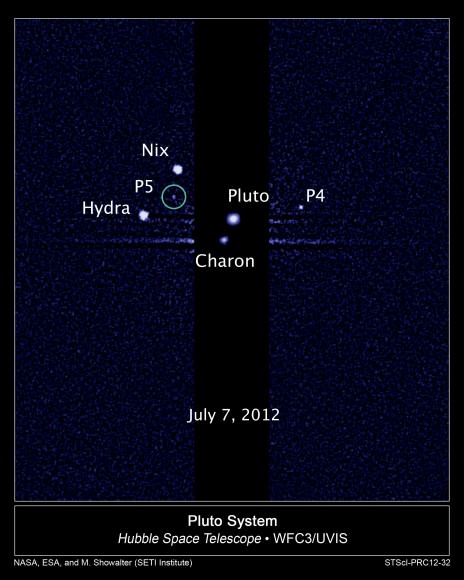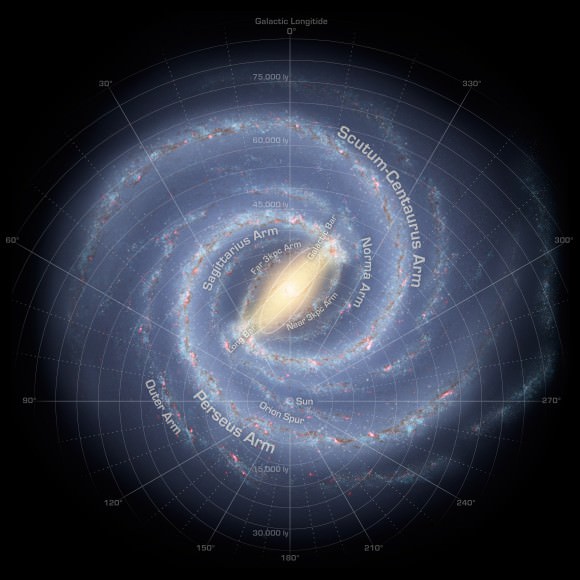Greetings, from the Kitt Peak National Observatory, in Arizona! I’m here on a weeklong observing run, which is arguably the coolest and hardest part of the job.
Kitt Peak rests on the Quinlan Mountains, 6,880 feet above sea level and 55 miles southwest of Tucson. When you begin your drive up the mountain, you first see a beautiful panorama of glittering white domes. There are 26 telescopes on the Mountain.
The Mayall 4-meter telescope quickly catches your eye – the colossal giant that towers over the rest. As you continue your drive, a radio telescope can be seen on the left, followed by various signs stating that cell phone use is strictly prohibited. Observing runs here require radio silence, and a great chance to escape.
At the top of the mountain, two telescopes stand apart from the rest – the McMath-Pierce Solar Telescope and the WIYN observatory. The solar telescope reflects sunlight through a tunnel that leads underground. The WIYN observatory has an octagonal shape for a dome.
This is my third trip to Kitt Peak, but my first chance to observe on the Mayall 4-meter telescope. The first thing to know about the 4-meter is that it is a colossal maze. Literally. There are 16 stories of rooms, now obsolete and out of date, before reaching the base of the telescope itself.
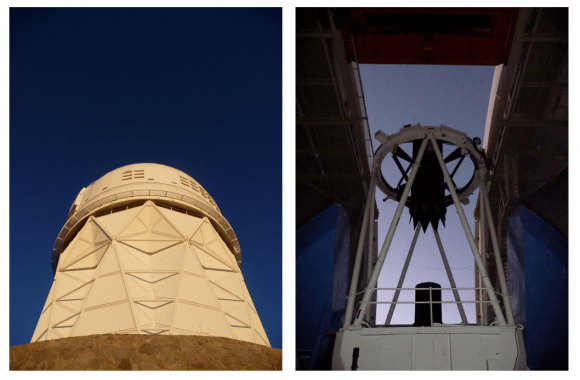
These rooms include old darkrooms, instrument rooms, machine rooms, classrooms, dormitories, game rooms, and other mysteries. We’ve been joking most of this week that Hollywood should rent out the 4-meter for a fantastic horror film. Just think: The Big Bang Theory meets Psycho.
On our first day here, my colleague and I managed to get pretty lost. To reach the telescope you have to take two different gated and locked elevators. But when we finally made it to the control room, we realized that this room alone is much more of maze than the building.
The control room consists of 4 computers, 16 monitors, 3 personal laptops, 4 tv screens, and an array of controls that operate the telescope. Eventually we became very comfortable floating from monitor to monitor.
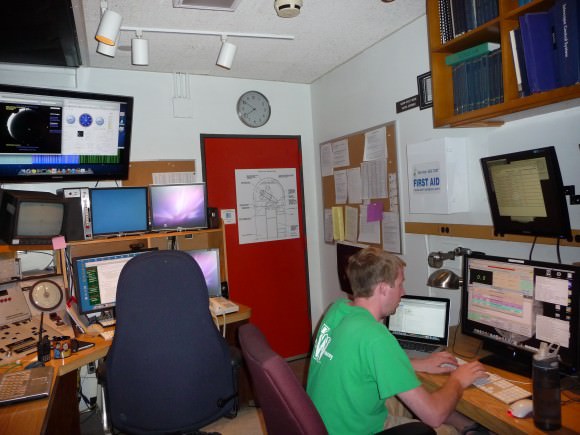
Here is what a typical day on an observing run looks like.
We typically wake up a little after noon and grumpily head to the dining hall for coffee. Breakfast (or lunch) runs until about 1 pm.
In the late afternoon, we take a few flat field calibrations – images of a white screen, which is uniformly lit up. Any variations in the final image are due to variations in the detector or distortions in the optical path. At the end of the day, you can divide your science images by your flat field images, in order to achieve much cleaner images.
Shortly thereafter, the dewar is filled with liquid nitrogen. This keeps the instrument cool (approximately -100 degrees Fahrenheit), as any thermal current can cause added noise.
After a quick dinner we return to the telescope. At this point sunset is approximately 2 hours away, but it’s already time to open the dome. When you’re standing next to the telescope, an opening dome sounds like a freight train screeching to a stop. It’s slightly terrifying, but it is by far one of my favorite sounds. It signifies that for the rest of the night you’re in control of this phenomenal instrument, which has the power to discover the secrets of the Universe.
After two hours of various preparations – making sure the telescope is pointing correctly, guiding correctly, etc. – we “get on sky.” Throughout the night the telescope operator controls the telescope, moving it to the fields we would like to observe, while we are in charge of taking the images by verifying the exposure time, filters to use, etc.
If everything goes smoothly the night is pretty easy. The telescope operator moves from target to target while we continuously take images. This means that we end up sitting in front of a computer screen, pressing enter every 300 seconds in order to start a new exposure. That’s really all it takes! Of course you should keep checking on your images in order to verify that they look good.
Around midnight it’s time for night lunch, a packed lunch that the dining hall provides. A little extra protein helps make the long nights more bearable. And then you push through, making coffee if necessary. The challenging part is staying awake throughout the night. It’s amazing how hard simple calculations can be when dawn is approaching.
At the end of the night you step outside and save for the flickering glint of Tucson’s city lights, the only noticeable light is found by looking up into the night sky. The stars here are brilliant, and the Milky Way is astonishing. After spending an entire evening stuck in a black box, it’s a wonderful reminder of what it’s all about: the night sky.
I observed with Dr. Mike DiPompeo, who concurred on what I noticed about the observing experience.
“When you first get into astronomy you’re in awe of the beauty of the night sky, compelled and driven by it,” DiPompeo told me. “But it can be easy to forget in the day to day business of being an astronomer – sitting at a computer, writing code, going through the data, reading papers – that your job is to understand that beauty. Observing reconnects you with the night sky.”
My favorite part of an observing run occurs in the morning – on the walk from the telescope to the dorm, when a yellow arch of light first appears above the horizon. Kitt Peak provides fantastic sunrises. And you really have to soak in every last ray of sun, before you crawl into bed in a very dark room.
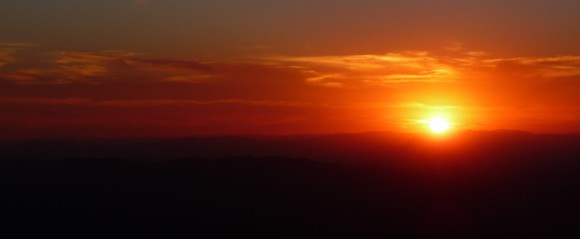
Observing runs lie at the root of pure research. You spend the long nights collecting data, then the months or years analyzing the data, and finally hope that a cool result comes from all the hard work.


